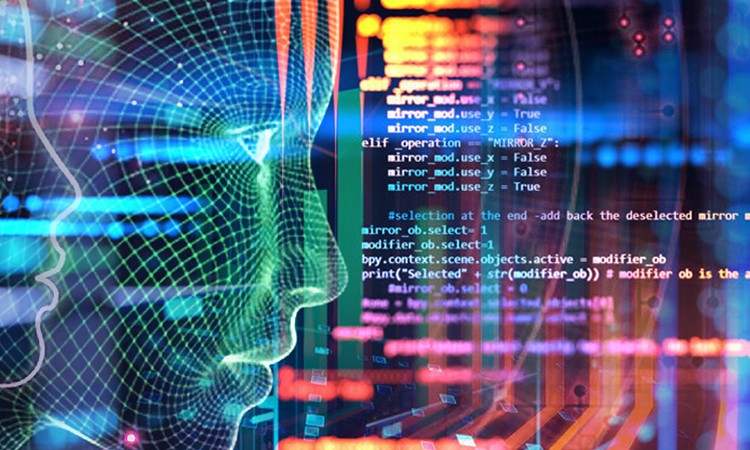دوره مانیتورینگ و پالایش ترافیک شبکه به افراد توانایی تجزیه و تحلیل ترافیک شبکه و شناسایی ترافیک غیر مجاز را براساس استفاده از IDPS می دهد. افراد در دوره مانیتورینگ و پالایش ترافیک شبکه با مفهوم و پیکربندی نرم افزار snort آشنا می شوند و نصب و پیکربندی HIPSهای متن باز را فرا می گیرند.
برای اطلاعات بیشتر درباره زمان برگزاری دوره مانیتورینگ و پالایش ترافیک شبکه با کارشناسان نورانت تماس حاصل فرمایید.







<% comment_item.sender.fullname %>
<% comment_item.sender.label.text %> <% comment_item.status.label %><% comment_item.message %>
<% reply_comment.sender.fullname %>
<% reply_comment.sender.label.text %> <% reply_comment.status.label %><% reply_comment.message %>